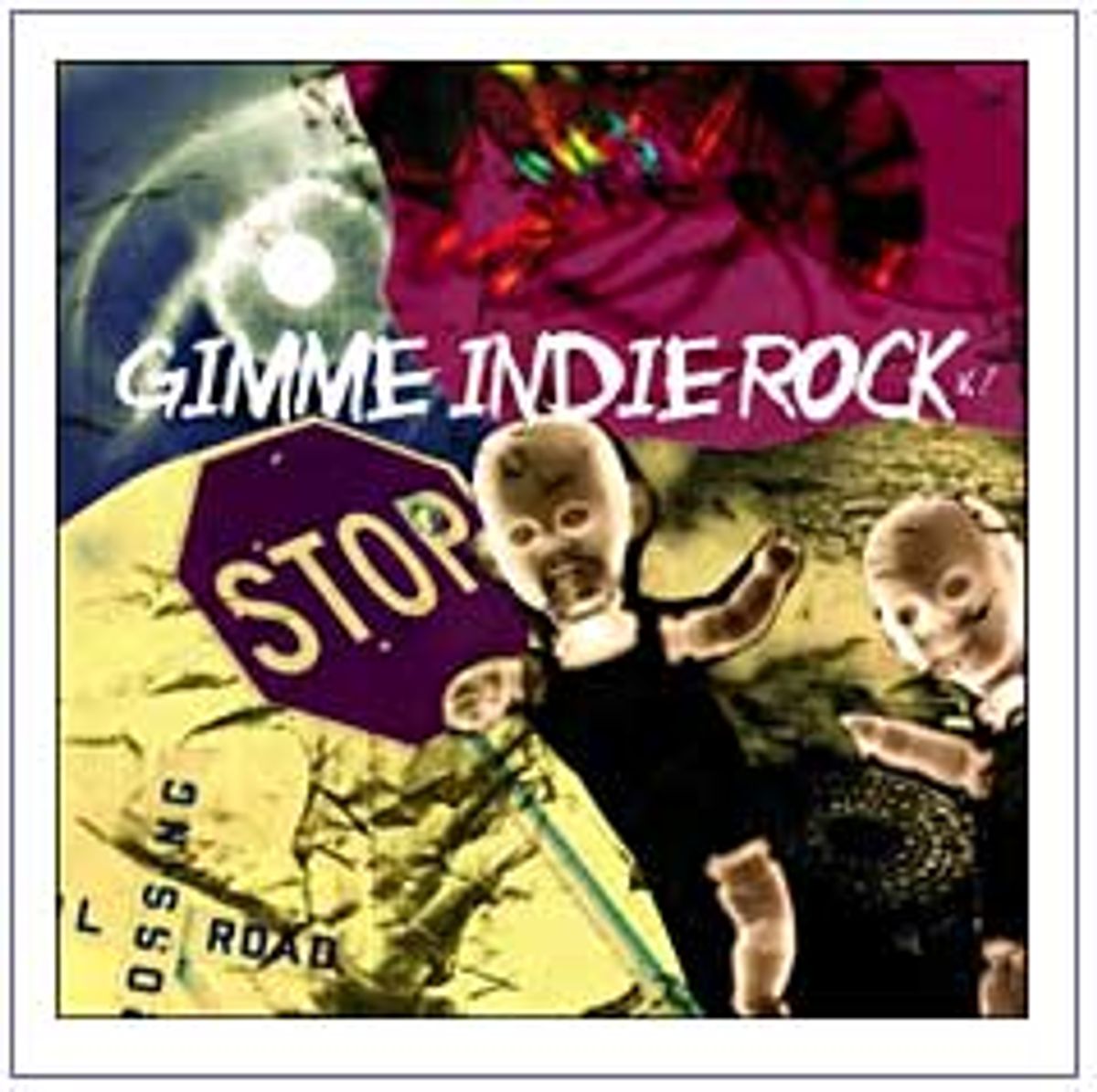Greetings! Who could believe it's college reunion season already? Well, in any case, it is my great pleasure to welcome you back for your -- what is it? fifth? 10th? 15th? -- reunion. As you stroll the leafy campus, we invite you to take time to reflect on our old towers of academia and remember a younger, simpler time. Oh, and please don't hesitate to stop by and say hello to some old friends. We know it's hard to keep up, so here's a quick who's who -- or, more important, who's still here:
Your old pals Yo La Tengo -- remember them from the radio station and the school newspaper? -- are now, after years of toiling on a thesis with more pages devoted to footnotes than anything else, the deans of humanities. You can find the Flaming Lips working day and night in the science lab. (What they're doing with those headphones for frogs is anybody's guess.) Giant Sand and the Meat Puppets now co-chair our Southern literature department, while the Pastels have reinvigorated our children's education program. The Fall are still working on that doctorate in semiotics, and Scrawl head up women's studies. And as always, the Melvins work the campus grounds; there they are, over by the quad, in the orange jumpers.
Yikes. Let's back out of this fantasy for a second. It's galling, appalling and just plain heart stalling how some people just never made it out of indie rock, and it's not just the bands I'm talking about. For every Galaxie 500 -- mythologized and anthologized while barely scraping their mid-30s -- there are 100 now irrelevant bands like My Dad Is Dead, and even more My Dad Is Dead fans: beleaguered postgrads hooked on the no-nonsense immediacy, the easy camaraderie, the DIY thrills and the passive-aggressive control-freak era that the golden age of indie rock supported.
You have to listen to "Gimme Indie Rock Volume One," a two-CD set of that golden age's greatest hits, with the same twin prongs of the indie sensibility that informed the genre in the first place: irony and subverted awe of big-time rock 'n' roll. "GIR" covers roughly the period that came immediately after punk and new wave and hardcore to just a few minutes before Nirvana broke. For the sake of argument, let's say 1985 to 1991.
If you were in college -- or, especially, into what they used to call college music -- in those days, you'll remember what a heady time it was. Egged on by the successes of bands like R.E.M. and, to a lesser degree, industry mold breakers like H|sker D| and Camper Van Beethoven, hundreds of young rock bands, schooled almost exclusively on the Velvet Underground, Television and Big Star, saved beer money for vans, conned nonmusician friends to pay for 7-inch pressings and slept on as many couches as the nascent indie-rock touring circuit would allow.
So much of what came out during that time was instantly forgettable, but there was also a lot that resonated with the second- or third-wave indie bands, including those who are running around today with cardigan sweaters and awkward posture. "Gimme Indie Rock," surprisingly, does a yeoman's job of singling out the most influential bands of this period, without getting too caught up in chronology, trainspotting or the endless microgenres that splintered from these forebears. Appearances by the Chills, the Wedding Present, Spacemen 3, the Mekons and the Vaselines also keep "GIR's" version of the indie-rock story honest; it wasn't just American bands that moved the bedroom revolution forward.
As well thought out as "GIR" is -- even down to the liner notes by Option founder/publisher Scott Becker -- it's hard to get over the comp's blinking neon light: It's on K-Tel. Yes, that K-Tel: the tireless anthologizer of forgotten hits and foggy eras, holders of the proprietary phrase "As Seen on TV!" It takes two armfuls of that irony and big-rock cheek to put this into its proper context, if, in fact, you are the kind of person who needs to do that.
But K-Tel's betting you are. Because this is a day and age where rock 'n' roll is nearly nonexistent on the charts -- except for Kid Korn Bizkit, which I will continue to shout till my dying gasp isn't rock 'n' roll anyway -- and even the college kids, who are supposed to know better, are consumed with Dave Matthews, the bloopy-bleepy or that Tortoise crap, which is a horrible concoction of both. Demographically, that means that "Gimme Indie Rock" is ultimately true to the form that it represents -- it's preaching to the choir. It's playing remember when. It's telling you what you were doing before you were a dot-commer. It's welcoming you back to college and hitting you up for an alumni donation. If for no other reason than this: All the well-educated and socioeconomically well-off white kids are on to new and different things. You're an old fart now. Welcome to the club.



Shares